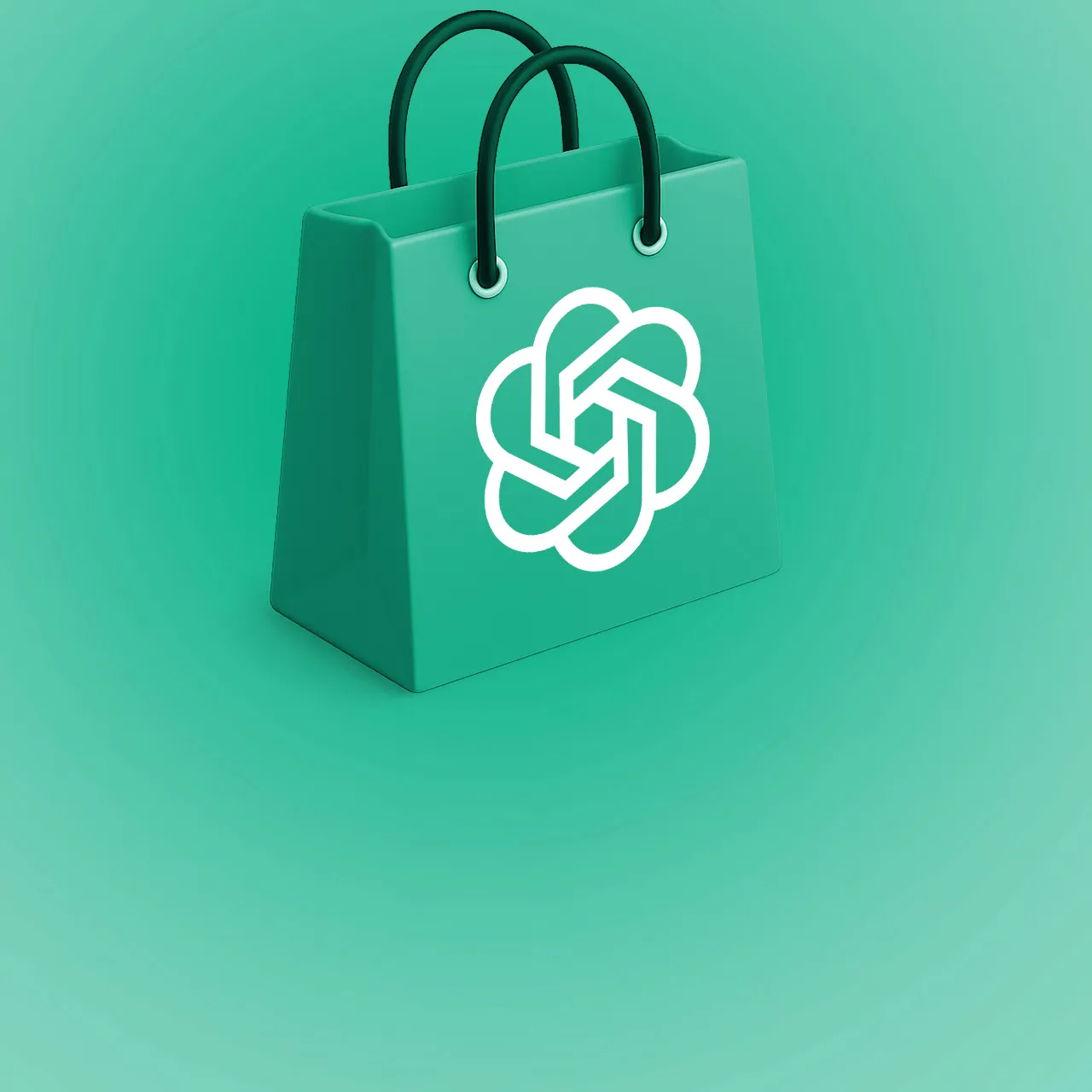read
You want to track everything from conversion rates, cart abandonment rate, average time on site per visit... the list goes on.
One thing that you need to be very careful about is understanding what each metric means and why it's important for your business.
In this blog post we're going over 12 ecommerce KPIs - what they mean and how they relate back to improving your store.
What is a Key Performance Indicator (KPI)?
A key performance indicator is a number, it's a metric. More than just a number, though, an ecommerce KPI shows you how you are performing against your goals.
It's a barometer for the health of your business and can be a little complex to get right, so it's important that you understand what each ecommerce KPI means before looking at how they work together.
Which Key Performance Indicators are Valuable for an Ecommerce Business?
Ecommerce KPIs are not all the same. Some key performance indicators are more useful than others. Which ecommerce KPIs are most useful for your business?
Before we answer that question, let's mention a key concept:
Vanity metrics are just numbers that look good. Valuable metrics are ecommerce KPIs that lead to genuine action, progress, and profit.
As we look at each ecommerce KPI, ask yourself:
Does this ecommerce KPI help me make decisions about how to improve my business? If not, it's probably just a vanity metric.
Let's quickly review how you tell the difference between vanity metrics and ecommerce KPIs.
Your Key Performance Indicators Should Affect Your Bottom Line
Nothing matters to your business more than net profit. Net profit is the amount of money you get to keep from your sales after you pay all your expenses.
You know that already, but did you think about how this affects your ecommerce KPIs?
For example, if your conversion rate is sky high, but your cost per acquisition is too high, then you can brag about a high conversion rate but still lose money.
Your KPIs Should Reflect Your Ecommerce Business
Ecommerce KPIs differ between businesses.
Customer acquisition cost (CAC) is an outstanding example. Some ecommerce businesses, such as clothing retailers, may have a low customer acquisition cost because of the mix of high competition, cheaper products, and low advertising costs.
Other businesses, such as lawyers, have a much higher CAC. Their customers often spend a far greater amount of money, though.
Comparing your performance indicators with your competitors gives you insight into how well you are doing. Comparing your KPIs to businesses in a different industry or vertical is probably an exercise in vanity.
The best ecommerce KPIs to monitor depend on the type of business, so make sure that your KPIs reflect what is important for the success of your company.
You Should Be Able to Measure Any Key Performance Indicator in Real Time
You should be able to track your ecommerce metrics in real time. If there is too much delay, you will lose the ability to react quickly and make changes that can improve business performance.
An example of this is the shopping cart abandonment rate. If a problem develops with your server, payment gateway, or some other part of the checkout process, you want to know about it right away. Any delay could cost you precious sales.
Your Ecommerce KPIs Should Lead to Specific Actions
Ecommerce KPIs should cause you to smile in satisfaction or make a decision that leads to improvement. Achieving the right balance with your performance indicators is essential.
We usually connect making KPIs really valuable to their granularity, or how specific they are. An example of this is the customer success score.
You could have a super good customer success score, but if you're only asking one question, then the high score might be covering up a problem you could fix. For example, are your customers happy with the products, shipping, customer service, returns policy, and website ease of use? Or are they just happy?
You can see where the level of detail in your ecommerce KPIs comes into play. More specific KPIs are usually more valuable than general ones that could cover up problems.
Now let's get into our list of ecommerce KPIs.
Net Profit
Net profit is the king of ecommerce KPIs. All the other key performance indicators affect your net profits, but your net profit doesn't affect any of them directly. This makes net profit the end result of all the other KPIs.
Net profit tells you how much money you're making after you have paid all your expenses. Ultimately, this is the figure that determines whether you go bankrupt or stay in business for decades.
- Break it down into more specific time frames. Net profit per year is important, but so is net profit per month, or even per week.
- Break it down into more specific categories. Net profit per product or service is important, but so are net profits by channel of distribution and region served.
Net profit isn't an easy metric to turn into a vanity number. You're making money or you're not. However, avoid viewing net profit too broadly (across your entire business) or through a large time frame (across your entire history).
Conversion Rate
Conversion rate is one of the most popular metrics and KPIs used by everyone. What is it, exactly?
Conversion rate is the percentage of your visitors who make a purchase, sign up, or take some other profitable action for your ecommerce store. To find your conversion rate, divide your total number of conversions by your number of visitors.
Different ecommerce businesses will have different conversion rate goals. 1-4% may be a target for many ecommerce businesses with simple shop fronts who are competing in the retail space.
Let's talk about a specific example of 4%. If you are selling home and furniture goods, then you'll feel really good because the average conversion rate in April 2021 was 1.37%. However, if you're selling food and beverages, you should be disappointed because the average conversion rate in this industry was 5.87% in April 2021.
You can view more information about conversion rates, including these statistics, here. [eCommerce conversion rate benchmarks by industry – XP² (dynamicyield.com)]
So, once again, context separates vanity from value. If you are comparing your business to other businesses in the same industry, then you should be comparing ecommerce conversion rates. If not, it may just be a vanity metric without much value to your business.

Customer Retention Rate
The number of customers who stay with you for months or years is one of the best performance indicators because it is closely connected to increased profitability over time.
A classic study by the Harvard Business School led to an astounding statement:
Increasing customer retention rates by 5% increases profits by 25% to 95%.
This makes customer retention one of the top business goals you should be working towards. Measuring customer retention isn't always easy, though.
Zendesk has a simple guide for calculating customer retention. Here is an excerpt:
Next, you need to collect three simple pieces of information:
The number of existing customers at the start of the time period (S)
The number of total customers at the end of the time period (E)
The number of new customers added within the time period (N)
When you have this data, you can plug it into the retention rate formula.
Customer retention rate formula
Calculate customer retention rate with this formula: [(E-N)/S] x 100 = CRR
Start with the number of customers at the end of the time period (E)
If you’re measuring retention for the calendar year, E is the number of customers you have on December 31.
Subtract the number of new customers gained within the time period (N)
Remember, you don’t want new customers throwing off your data, so subtract all customers you acquired in the past year from E.
Divide the result by the number of customers at the beginning of the time period (S)
In this case, S would be the number of customers on January 1 of the previous year.
Multiply by 100
The result is a percentage. Say a company had 100 customers at the start of the period (S), ended the period with 100 customers (E), and added 10 customers over the period (N). They would have a customer retention rate of 90 percent: [(100-10)/100] x 100 = 90 percent.
Now that you know how to calculate customer retention, you can use this ecommerce KPI to analyze your customers and determine how to increase customer loyalty.
Customer Lifetime Value
Customer lifetime value (CLV) is another of the key performance indicators we think every business should be tracking. If your ecommerce business relies on repeat customers, this metric is even more important.
Again, this is one of those KPIs for ecommerce that can easily become a vanity metric because it doesn’t tell you how to increase your revenue. Nor does it tell you how often customers came back to your website.
We think this is one the important KPIs to track because of the things that feed into it. Upselling, remarketing and email list are all strategies to increase the customer lifetime value. You can tweak your strategies for any of these to bring your CLV up.
Conversion Rate per Traffic Channel
If you advertise your business across different platforms, such as Facebook, Instagram, or LinkedIn, then you should track your conversion rate per traffic channel.
Why is this important?
This metric will tell you the channels that work for you and which channels might need a tweak. It also tells if your ads are working correctly so you are not wasting money on any one channel.
This is an important metric to keep track of because it helps you bring in more revenue without spending more money on other advertising venues or strategies.
Of course, it can also become a vanity metric. Your ecommerce business might have a brilliant conversion rate from Facebook. But if you're advertising your professional consultant services on LinkedIn, then Facebook is probably not your key market.
You might also consider whether each social media channel is right for your business. Different customer acquisition costs related to each platform might make one preferable to the others. High bounce rates or a low number of sales might show a poor match between your business strategy and the social media platform.
Average Order Value (AOV)
Your average order value is a measure of how much each customer spends during checkout. This tells you how much your products cost, but also how much you can add on as an upsell during the checkout or browsing experience on your website.
AOV is a key ecommerce KPI because it connects to key ecommerce activities such as upselling, product bundles, and pricing. A low average order value compared to others in your industry could show you a problem with your pricing.
Likewise, a low average order value could show you a need for more effective upselling. You may correct this by changing the options available to your website visitors or using a combination of banner ads and contextual marketing ads.

Cart Abandonment Rate
Another of the key performance indicators is your shopping cart abandonment rate. Like average order value, this metric shows you how effective your ecommerce store is at guiding customers through the purchase process.
We said KPIs for ecommerce need to lead to action. This is one of the ecommerce metrics that should point you towards the area of your website that needs to be improved.
If you need to make improvements, you could consider:
Reducing your shipping costs or offering free shipping.
Feature credit card payments with logos from the payment providers.
Reduce or eliminate the need for people to sign up to your website.
These slight changes could lead to fewer people abandoning their shopping carts.
Return on Investment (ROI)
Return on investment is a key metric for ecommerce businesses because advertising is a big part of many business models. A poor ROI will damage your net profit.
There are a few different ways to measure ROI, though.
Influencer ROI
Many ecommerce websites are turning to influencer marketing. Platforms like Tiktok and Instagram have a huge number of visitors who can be targeted through the accounts of influencers they follow.
However, how effective is this advertising? You'll need to measure your influencer ROI to see if the influencer campaign is worth it.
Marketing through influencers is trendy and so this can easily become a vanity project. Carefully comparing your influencer ROI and cost per acquisition will avoid overspending on advertising that doesn't lead to business success.
Return on Ad Spend (RoAS)
Return on ad spend is a measure of how much profit you have generated from an ad campaign. It connects to a few other metrics, such as order value, bounce rate, and click through rate.
This is a broader measurement than influencer ROI. RoAS may cover ads across social media platforms and through Google, Microsoft, or other ad servers.
Return on Marketing Investment
This is the broadest measure of your marketing ROI. It includes all your marketing efforts across any platform.
Like other broad metrics, this one can cover up problems. If one area is doing very well, then it may cover up problems in a different area of marketing.
Cost Per Acquisition (CPA)
Customer acquisition cost (CAC) and cost per acquisition are very similar. Some people differentiate them by seeing CAC as the cost for gaining a new customer and CAC as the cost for acquiring a sale, even from a repeat customer.
However, if you can use effective upselling and website design, then a higher acquisition cost can be offset by a higher AOV.
Can this be a vanity number? Sure! If you take it out of context, then it will not lead you to useful insights.
For example, if you only consider customer acquisition costs without looking at your AOV or cost of goods sold, then you may end up with an overly optimistic view of your profit margin.
Time on Site
Time on site needs to be understood in a few different ways. As a single metric, it's not incredibly useful. However, if you combine time on site with a few other useful numbers, then you can gain some valuable insights into your business.
Let's take a look at two companion numbers for time on site that add more value.
Bounce Rate
The percentage of visitors who leave your website after viewing only one page. This is how Google defines bounce rate.
The percentage of visitors who leave after only a short period of time.
How you define bounce rate may not matter too much because the two methods are connected. Visitors who remain on a single page may not stay very long, while visitors who go to multiple pages (product, basket, checkout, confirmation) will be around for longer.
A poor bounce rate probably shows you problems in one or both of two areas:
A mismatch between your advertising and your landing pages. People who feel misled bounce away quickly.
Poor content on your landing pages. If the content isn't engaging, then your visitors will disappear in seconds.
Page Views per Session
You want customers to visit multiple pages. This is one of the key performance indicators that shows you a few things about your website:
Does your website design lead people to product pages after the landing page?
Are your upselling strategies working at leading people through your website?
Is your website's navigation clear enough for people to visit the pages they want to find?
Chances are, a low page views per session figure will show you problems in your website structure and function.
Organic Search Rankings
Almost everyone has heard about SEO. SEO directly affects the total number of visitors on your site because people don't visit sites they can't find.
However, SEO is an extremely easy number to turn into a vanity metric. Ranking on page one or in the top spot doesn't matter if your top-ranking queries aren't generating sales.
Likewise, if your SEO efforts cost too much money, then your ROI will be so low that it will damage your net profit.
You can avoid this become a vanity number by making sure your SEO efforts are effective and not just costly. Do this by:
Checking the conversion rate of web pages for queries for which you are ranking.
Don't be trapped by vague visibility figures or average ranking positions for a page.
A single page might rank for dozens or hundreds of keywords. Find the money keywords that produce sales and make sure you rank for those.
Customer Satisfaction
However, this is an easy number to feel vain about. Of all the KPIs, this is the one that needs to be specific to be useful.
Here are two ways to make your customer success score more specific.
Return or Refund Rate
A refund or return request is an obvious sign of a problem. It might be minor, as with someone with a shirt that's a little too small. There might be a bigger problem, like a serious issue with your product quality.
If you're above it, take a close look at why customers are leaving with their money in hand.
Net Promoter Score
Many businesses track their net promoter score by a survey with a question such as How likely are you to recommend us to a friend? While this is useful, it could easily slip into vanity.
For example, you could score a 10/10 on this question and yet have no referrals.
To avoid the slide into vanity, make sure you track a net promoter score that includes referrals. If your score is too low, then targeted surveys and feedback may help you improve.
If you have a high net promoter score but no referrals, then consider adding referral incentives to your next email or coupon campaign.
Conclusion
These KPIs could make the difference between meeting your business goals and wasting time and money on efforts that don't move the needle. Here's our final pro tip: think carefully about using just one or two KPIs as the main measurements.
Focusing on the best one or two numbers will help you find actionable insights and make real progress.


![AI Advertising in 2025: Real ROI vs Expensive Hype [Guide]](/_ipx/f_webp/img/blog/blog-ai-in-the-advertising-space.jpg)
